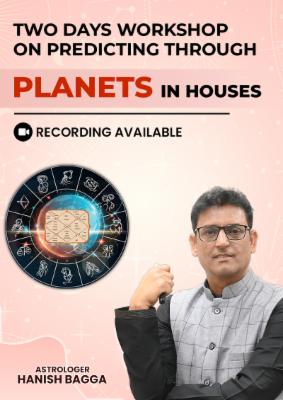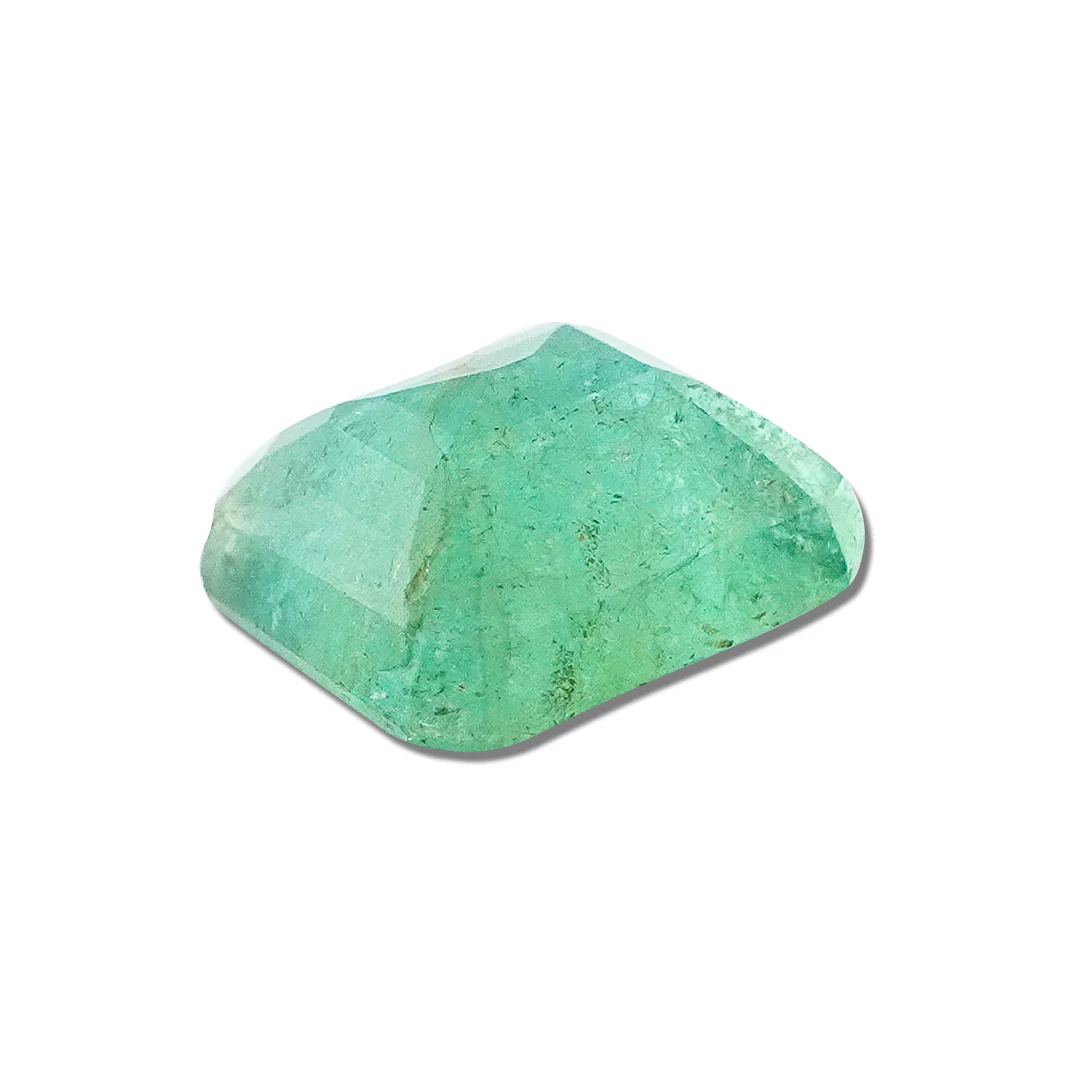Introduction to mercury transit
Have you ever witnessed a celestial dance that leaves you in awe? Well, astronomers worldwide recently experienced just that with the rare mercury transit. This extraordinary event captivated the attention of both professional and amateur stargazers, offering a unique glimpse into the mechanics of our solar system. Let’s dive into this astronomical phenomenon that has set the scientific community abuzz.
Understanding Mercury Transit
What is a Mercury transit?
A Mercury transit occurs when the smallest planet in our solar system passes directly between the Earth and the Sun. From our vantage point, Mercury appears as a tiny black dot moving across the Sun’s bright surface. It’s like watching a cosmic ballet, with Mercury taking center stage against the fiery backdrop of our nearest star.
Frequency of Mercury transits
You might be wondering, “How often does this celestial show happen?” Well, Mercury transits are relatively rare events. They occur about 13 or 14 times each century, making them a special treat for astronomy enthusiasts. The infrequency of these events adds to their allure, turning each transit into a much-anticipated spectacle.
The Recent Mercury Transit Event
Date and time
The latest Mercury transit took place on [insert date], offering viewers a chance to witness this rare astronomical event. The transit began at [insert time] UTC and lasted for several hours, giving observers ample time to catch a glimpse of this cosmic phenomenon.
Visibility across the globe
One of the exciting aspects of this particular transit was its visibility across a large portion of the globe. Observers in [list regions] were treated to the full spectacle, while those in [other regions] could catch partial views. This global visibility added to the event’s appeal, uniting stargazers worldwide in a shared experience.
Astronomical Significance
Scientific observations
Mercury transits aren’t just pretty to look at; they’re goldmines of scientific data. Astronomers use these events to study Mercury’s thin atmosphere, refine orbital calculations, and even test equipment designed to detect exoplanets. It’s like getting a front-row seat to cutting-edge astronomical research!
Data collection
During the transit, observatories and space agencies around the world were hard at work collecting valuable data. From measuring minute changes in the Sun’s brightness to analyzing Mercury’s atmospheric composition, scientists were making the most of this rare opportunity. It’s fascinating to think that a tiny dot crossing the Sun can yield so much scientific insight!
Astronomers’ Reactions
Professional astronomers
The excitement among professional astronomers was palpable. Many described the event as a career highlight, with some even organizing special viewing events at their institutions. Dr. [Name], a renowned astronomer from [Institution], remarked, “Witnessing a Mercury transit is like watching history unfold through a telescope. It’s moments like these that remind us of the wonders of our universe.”
Amateur stargazers
But it wasn’t just the pros who were thrilled. Amateur astronomers worldwide joined in the excitement, setting up telescopes in backyards, parks, and rooftops. Social media was abuzz with images and experiences shared by enthusiastic stargazers. It was heartening to see how this celestial event brought together a global community of space enthusiasts.
Capturing the Moment
Photography techniques
Photographing a Mercury transit requires skill and the right equipment. Many astrophotographers employed special solar filters and high-powered zoom lenses to capture clear images of the tiny planet against the Sun’s surface. Some even created time-lapse videos, showcasing Mercury’s journey across the solar disk in stunning detail.
Best equipment for viewing
For those wanting to observe the transit safely, proper equipment was crucial. Solar telescopes, eclipse glasses, and projection methods were popular choices. It’s important to remember that looking directly at the Sun can cause severe eye damage, so safety was paramount for all observers.
Historical Context
Previous Mercury transits
Mercury transits have been observed and recorded for centuries. The first known observation dates back to 1631, made by French astronomer Pierre Gassendi. Since then, each transit has added to our understanding of both Mercury and the dynamics of our solar system.
Notable observations in history
Throughout history, Mercury transits have played significant roles in scientific discovery. For instance, observations of the 1677 transit helped astronomers more accurately measure the distance between the Earth and the Sun. It’s incredible to think that these rare events have been shaping our understanding of the cosmos for centuries!
Preparing for Future Transits
Upcoming Mercury transits
If you missed this transit, don’t worry! The next Mercury transit visible from Earth will occur on [future date]. While it may seem far off, it gives astronomers and enthusiasts plenty of time to prepare for the next celestial show.
How to prepare for viewing
To prepare for future transits, consider joining local astronomy clubs or following space agencies online. They often provide valuable information on viewing events and safety precautions. And remember, it’s never too early to start getting excited about the next transit!
Impact on Space Exploration
Mercury transits don’t just captivate us here on Earth; they also have implications for space exploration. These events help refine our understanding of Mercury’s orbit and physical characteristics, which is crucial for planning future missions to the planet. Who knows? The data collected during this transit might play a role in future Mercury exploration efforts!
Public Engagement and Education
One of the most positive outcomes of the Mercury transit was its role in public engagement and education. Schools organized viewing events, planetariums held special shows, and science centers offered hands-on activities related to the transit. It served as a fantastic opportunity to spark interest in astronomy among people of all ages.
Conclusion
The recent Mercury transit was truly a sky’s rare treat, stunning astronomers and space enthusiasts worldwide. From its scientific significance to its ability to unite global communities in wonder, this event reminded us of the awe-inspiring nature of our universe. As we look forward to future transits, let’s carry with us the excitement and curiosity sparked by this celestial dance. After all, it’s events like these that remind us of our place in the vast cosmos and inspire us to keep exploring the mysteries of space.
For interesting astrology-related videos, subscribe to us on Youtube
FAQs
- Q: Can Mercurytransits be seen with the naked eye?A: No, Mercury is too small to be seen crossing the Sun without proper magnification and solar filters.
- Q: How long does a typical Mercurytransit last?A: A Mercurytransit usually lasts several hours, typically between 5 to 8 hours.
- Q: Are Mercurytransits dangerous to observe?A: Observing any solar event can be dangerous without proper equipment. Always use certified solar filters or projection methods.
- Q: How does a Mercurytransit differ from a solar eclipse?A: During a Mercurytransit, the planet appears as a tiny dot on the Sun’s surface, while a solar eclipse involves the Moon covering a large portion or all of the Sun.
- Q: Can Mercurytransits help in the search for exoplanets?A: Yes, studying Mercurytransits helps astronomers refine techniques used to detect exoplanets transiting their host stars.


















